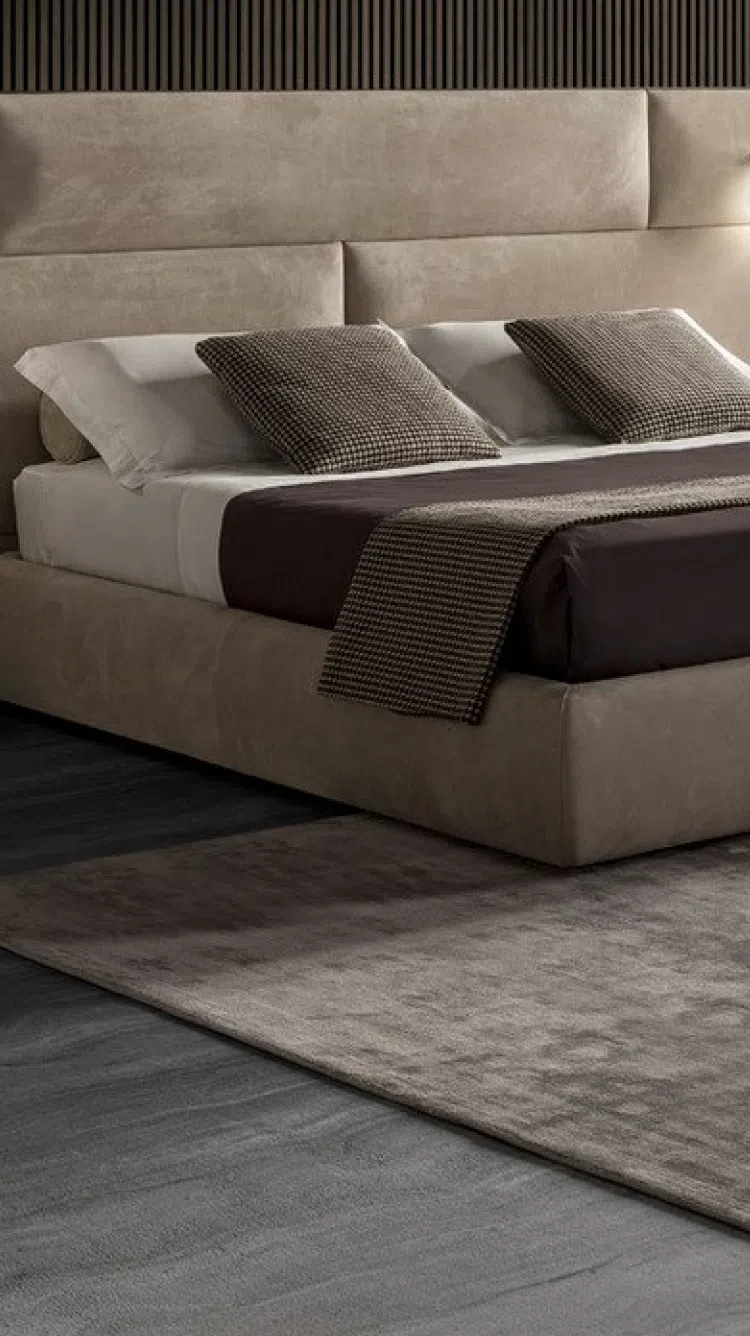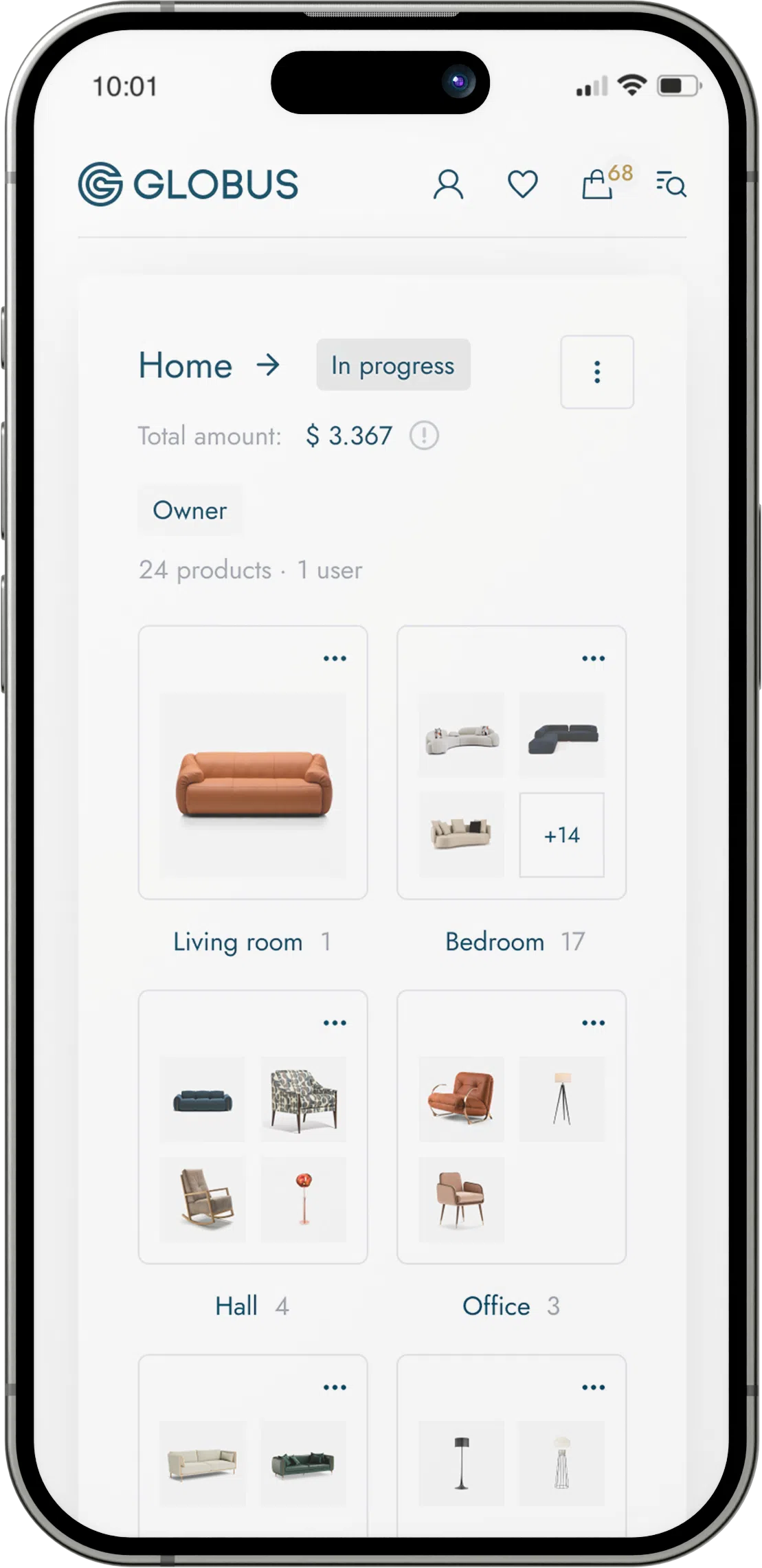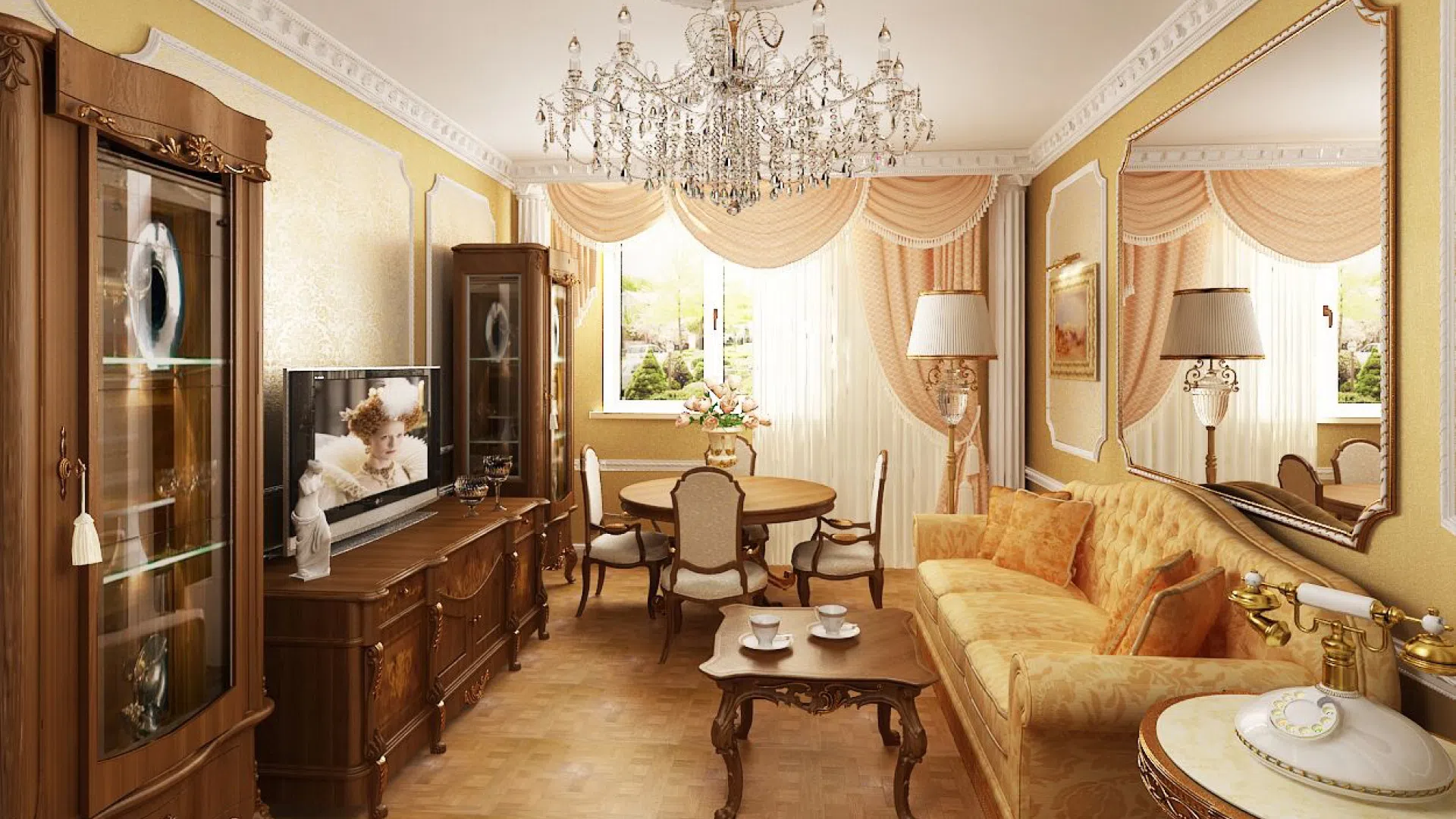Baroque and Rococo are two distinct styles with overlapping timelines and shared European origins. They exhibit opulence and elaborate decorative features but differ in tone, geographical proliferation, and specific design elements.
Baroque (late 16th century to early 18th century): Baroque originated in Italy during the late Renaissance, around the late 16th century, and spread throughout Europe, being most prominently displayed in architecture, art, and furniture design. This style is characterized by its grandeur, drama, and movement, reflecting the grandiosity of the period and often associated with the Catholic Church's Counter-Reformation. Baroque furniture is marked by the following features:
- Heavy Mouldings: Decorative features like heavy mouldings and intricate carvings are prominent in Baroque furniture, with motifs like acanthus leaves, shells, and human or animal figures.
- Bold Forms: The silhouettes of Baroque furniture are large, imposing, and often architectonic, with straight lines giving way to more dynamic curves and counter-curves.
- Ornate Detailing: Gilding, marquetry (decorative inlaying with varied wood veneers), and lacquering are commonly used to enhance richness.
- Rich Materials: Luxurious materials such as ebony, mahogany, marble, and fine fabrics like silk and velvet are typical to convey a sense of wealth and power.
- Dramatic Contrast: Baroque style features a strong contrast of light and dark, channelling a sense of drama and intensity.
- Symmetry and Order: Despite the elaborate designs, Baroque furniture maintains a sense of control and order, with balanced proportions.
Rococo (18th century): Rococo emerged in France in the early 18th century as an evolution of the Baroque style. While retaining the ornate qualities of Baroque, Rococo was more light-hearted, whimsical, and asymmetrical, often seen as a more playful and intimate interpretation of the grandeur present in Baroque. Rococo features include:
- Asymmetry: Rococo design frequently includes asymmetrical patterns and motifs, which contrast with the more symmetrical Baroque.
- Pastel Colors: While Baroque favored intense, deep colors, Rococo is more identifiable with light, airy pastels and cream hues.
- Plenty of Curves: Serpentine lines and the notable 'S' and 'C' curves are hallmarks of Rococo furniture design, giving pieces a fluid, dynamic character.
- Delicate Ornamentation: Rococo maintains ornate decoration but in a more delicate, lighthearted fashion, with motifs like flowers, leaves, shells, and playful cherubs.
- Smaller Scale: Rococo furniture took on smaller, more practical dimensions compared to the massive Baroque pieces, befitting the more intimate settings of salons and boudoirs rather than grand palaces.
- Elaborate Inlays and Veneers: Intricate inlay work, especially with floral and chinoiserie patterns, was prevalent in Rococo furniture.
In both styles, the furniture was not just functional; it was a statement of status, power, and taste, meant to impress and demonstrate the wealth and sophistication of its owner. The main difference lies in Baroque's formal grandiosity, contrasting with Rococo's more playful, light, and somewhat more domestic aesthetic.



